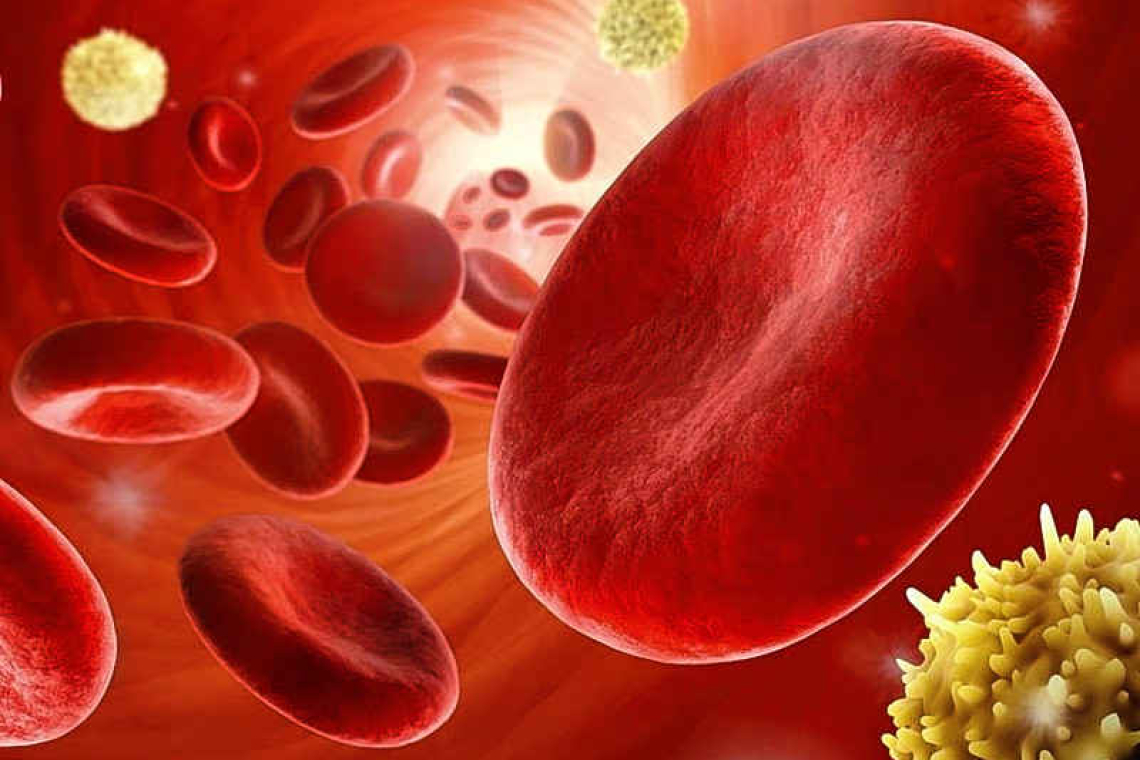By Colin Michie
how are we here one
day gone the next how do we
run fall down to death?
~Sonia Sanchez, Haiku
Some illnesses are slow. Sepsis, septicaemia or blood poisoning is fast. It can carry us off by sunset, whatever your constitution, so minutes matter!
My uncle was a little odd. Villagers thought him strange: he dressed in a ragged old jacket and tie; he usually chatted to everyone. So when he fell over outside the supermarket, dazed and mumbling, several people noticed. For uncle, this was fortunate. The local policeman saw that his lips were blue and his hands were cold – an ambulance was called. Uncle had sepsis that had spread from a chest infection. He was ventilated for a week. Several of his toes had to be amputated. When he returned home, he was quieter and limped a little.
Many different roads lead to sepsis – it is also called blood poisoning or septicaemia. Invading bugs, bacteria, viruses or fungi can all start us down this slippery slope. Even a small insect bite can lead to cellulitis and sepsis. Sepsis is more common after injuries such as burns. It is more frequent and lethal in infants or children, the elderly or those with diabetes or liver cirrhosis. In these folks’ immune capacities, those invaluable white cells and blood vessel defences are not always powerful or capable. Sepsis is a common pathway to death from infections. As one might predict, the global burden of sepsis is borne by low- and middle-income countries.
It all starts with white cells fighting, trying to deal with invasion and trauma. They release signals to attract other white cells: these excite or inflame immune systems in the lungs, liver and spleen. Cascades of mediators and signals spread their messages through the entire blood supply. These mediator molecules may increase your temperature, they can stimulate the adrenal glands that release steroids and adrenaline. These hormones may slow down the fight and bring it under control. However, in a large battle, reserves of adrenaline and steroid are challenged. Capillaries, our smallest blood vessels, begin to leak – a problem also seen in dengue or malaria. Their usual repair systems, our clotting molecules and platelets, may succumb, contributing to sepsis.
Once tiny vessels leak fluid, particularly in the spongy exchange systems of our lungs, it becomes difficult to get oxygen into the body. Cells without sufficient oxygen or leaky blood flow cannot work normally. One of their main waste products, lactic acid, builds up in the tissues and blood. Our heart speeds up and works harder, but blood pressure is likely to fall as capillaries leak. With reduced blood flow, our skin becomes cold and blue, we lose consciousness. This loss of blood pressure can be fatal. In survivors, some organs or tissues may suffer cell death because of the lack of oxygen and the disruption of their capillaries. Strokes, kidney damage, skin gangrene and the loss of digits or even limbs are seen after sepsis; recovery may be prolonged. This disease often impacts the mental health of a survivor.
Carefully defining the best weapons in this sepsis battleground has improved health care. Strategies initially aim, in military style, at delivering the “Sepsis 6” in the first hour. These include giving oxygen, fluids and antimicrobials. In that hour, it is necessary to check lactate levels and urine output, while collecting a blood sample to identify microorganisms. The tests allow an accurate assessment of the severity of sepsis. Resuscitation needs to be followed at three and six hours by further goal-directed bundles of care. These are guided by test results, such as lactate levels and platelet counts, so they can assist lungs, heart, hormones and immune systems. Specific agents are being trialled to help seal leaking capillaries and support blood clotting systems to complement front line sepsis bundles.
There is other good news – making folk aware of sepsis helps! Spotting sick individuals followed by timed protocols works. Sepsis campaigns have demonstrated the value of collaborations. Within hospitals, sepsis is a common cause of severe illness. There, changes in organisation rather than novel medicines or technologies have saved lives. The use of early warning scoring systems in wards and casualty departments give staff greater ability to recognise sepsis and deliver the bundles of care that work best. On a global scale, the Surviving Sepsis Campaign is helping grow better care for folk like my uncle, who collapsed in a public place. Recently, this agency has advanced research into the management of survivors of sepsis so as to improve physical, emotional and cognitive health after this serious illness. This battle requires all our defences, so we do not run down to death.
Resources for further information:
https://www.sccm.org/SurvivingSepsisCampaign/Home
https://www.cdc.gov/sepsis/index.html
https://www.who.int/news-room/fact-sheets/detail/sepsis







